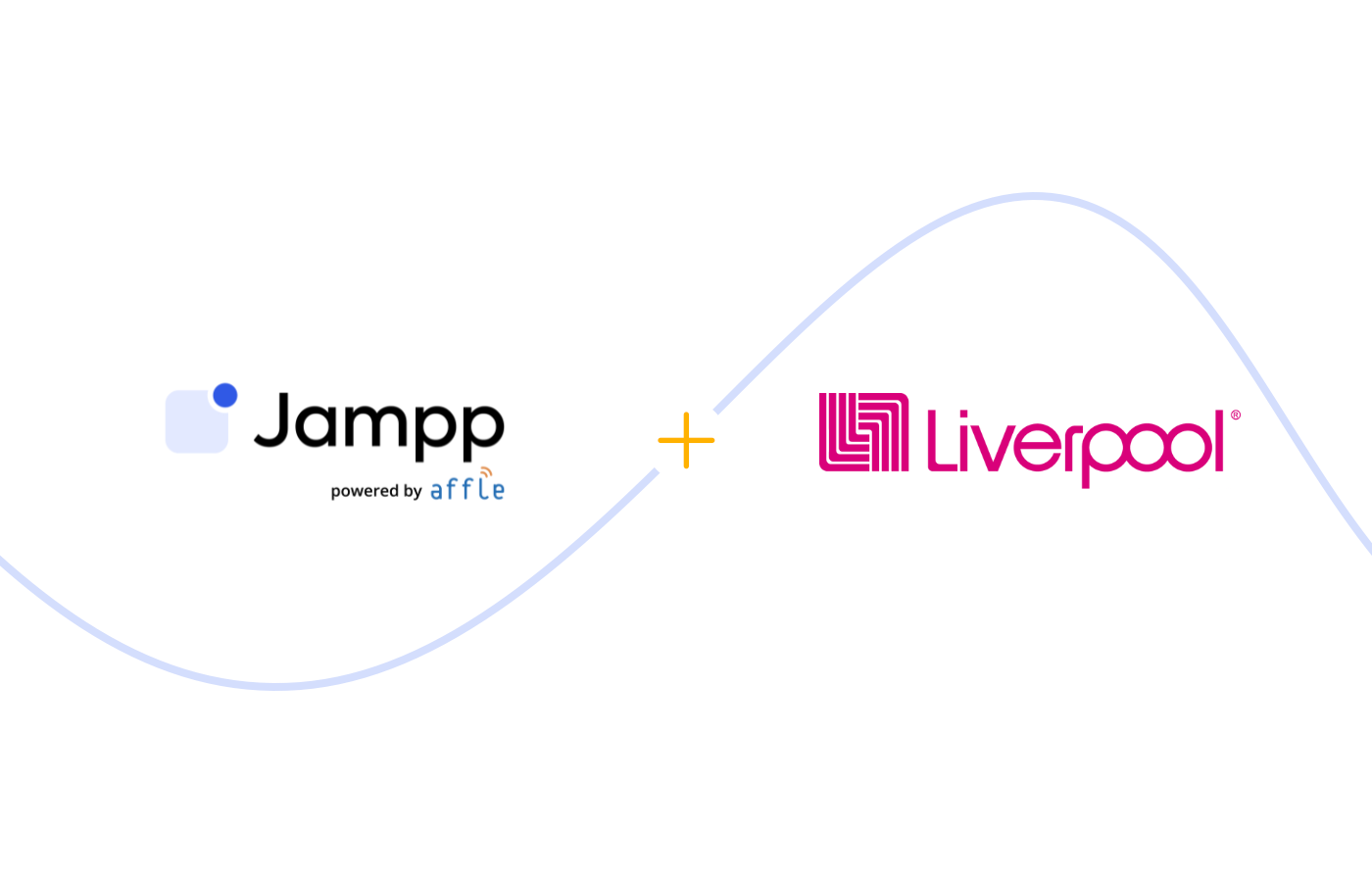What’s the actual ATT opt-in rate?
What’s the actual ATT opt-in rate? Which are the main ATT indicators app marketers should be looking at? Learn everything you need to know in this article.
June 8, 2021

If you’ve been looking for benchmarks on ATT opt-in rates, you might have realized there’s not a general consensus yet 👀. So, what’s the actual ATT opt-in rate? Why is everyone reporting different indicators?
In this post we’ll cover:
- Why are companies reporting different ATT opt-in rates?
- What ATT reports are based on metrics from advertiser data?
- What ATT reports are based on metrics from publisher data?
- Which are the main indicators app marketers should consider?
Why are companies reporting different ATT opt-in rates?
Short answer? Because companies are using different methodologies to calculate ATT opt-in rates: some leverage data from the advertiser side while others focus on the publisher side. So, which opt-in reports feature data from advertisers? Which are based on publisher data? More importantly, which one is truly relevant for app marketers?
Tell us which opt-in rates you’ve seen, and we’ll tell you what each of them means...
Opt-in rates based on data from the advertiser side

You heard it from Flurry, the mobile analytics company.
The report analyzes 5.3M apps to calculate the worldwide daily opt-in rate after the launch of iOS 14.5 and across all apps, which varies between 11% - 15%. In the same report, you can also find the worldwide daily opt-in rate across apps that have displayed the prompt. After hitting 31% on the first day, this metric fell to 25% and has remained pretty steady since then.
🔎 Methodology: Flurry measures so-called “app users”, a term that refers to a user’s opt-in “decisions” across all the apps where the prompt is shown. This means that a single user who selects a tracking option across 2 different apps is counted twice for this report.
👉 Why this metric is useful: It shows us the portion of the weighted users that opted in. App marketers can leverage this metric to understand how users are responding to Apple’s privacy initiative by analyzing the changes in the percentage of available IDFA traffic in the industry throughout time (e.g. how many users opted in during the first week after ATT launch vs now?).
🙈 What this metric doesn’t show you: this report considers data from multiple decisions taken by unique users across different apps, so it’s not an accurate representation of the average of IDFA traffic at the app level. Therefore, this shouldn’t be the go-to source for marketers looking for a benchmark to understand whether their opt-in rates are below or above the industry standard.

You’ve read a report from an MMP.
We’ll take AppsFlyer’s report as an example. Published last April, the article showed an overall opt-in rate of 39% across all weighted advertisers. The report also featured the overall opt-in average per app, which totaled 26% (see the chart below).
The report, which was issued before the launch of ATT, featured a breakdown per vertical, which hinted at the potential impact across every industry.

🔎 Methodology: Most opt-in metrics reported by MMPs are based on the ATT status after a user engages with the prompt (note that users that have disabled ATT for all apps at the device level are considered opt-outs by default).
👉 Why this metric is useful: because it shows opt-in rates at the app level. This report is useful for app marketers looking to know whether the opt-in rates they are seeing in their own app are aligned with similar companies in the same vertical.
🙈 What this metric doesn’t show you: the percentage of users app marketers should expect to track with IDFA on iOS 14.5. Remember that in order to be tracked with IDFA, a user has to choose the “Allow” option when prompted both by the advertiser and the publisher (more on this below).
Opt-in rates based on data from the publisher side

Our best bet is that you learned this from an ad network.
Ad networks pull information from the publisher side, showing opt-in rates between 15%-30%. These are also the metrics most DSPs are using to report to their customers. At Jampp, we’re currently seeing opt-in rates of about 17.5% when looking at data from publishers.
🔎 Methodology: this metric represents the number of ad impressions or ad requests containing an IDFA. While an app can drive multiple impressions for one user, each of these impressions is calculated individually.
👉 Why this metric is useful: because it shows the impact of ATT in publisher’s monetization strategy. Since a user has to opt in for both the app and the publisher to be tracked with IDFA, this metric also translates to the average IDFA traffic available for app marketers.
🙈 What this metric doesn’t show you: this metric considers data from ad impressions, even if they are delivered to the same user, so it doesn’t show us how many users are actually opting in or out.
ATT opt-in rates based on publisher data are a must for marketers looking to understand the impact of Apple’s new privacy chances on their campaign. However, these metrics should always be considered together with reports based on advertiser data.
Other considerations that come into play:
- We recommend not to compare these metrics: these reports are calculated with data from different sources, and using different methodologies.
- These metrics will likely continue to change: since these reports are still relatively new, make sure to keep updated with the latest opt-in numbers to identify any trends that might affect your app campaign.
- Users that aren’t shown the ATT are opt-out by default, so it’s key for apps to show the ATT prompt, and encourage users to update to the latest version of their app if necessary in order to display that prompt. We also recommend building a pre-prompt or context screen to brief the user on why they should choose the “Allow tracking” option.
Which ATT indicators should you be looking at?

If a user opts-in on your app, that doesn’t mean you're back to IDFA wonderland just yet. For a user to be tracked with IDFA, they need to opt-in for both the app and the publisher where an ad is served.
When it comes to the latest ATT opt-in indicators, marketers should monitor:
- Advertiser-side data to check if their opt-in rates are in line with what the industry is reporting.
- Publisher-side data to estimate the impact of ATT on their tracking capabilities and campaign performance.
How to increase your opt-in rates
If you’re looking to build effective prompt and pre-prompt screens or just want to learn more about the impact of ATT on app marketing, visit our iOS 14.5 dedicated hub or drop us a line to connect with our sales reps.

References
- iOS 14.5 Opt-in Rate - Daily Updates Since Launch, Flurry (learn more)
- ATT Opt-in Rates report, AppsFlyer (learn more)
Subscribe to our email newsletter









